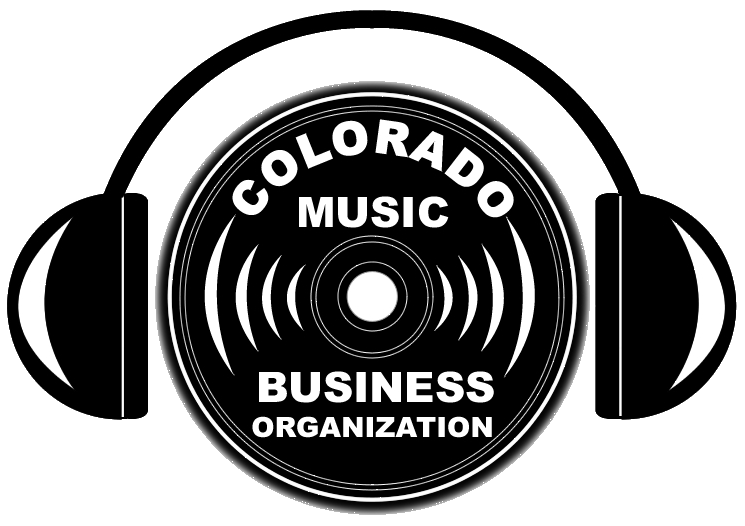By Denise Oliver Velez, Daily Kos | As the end of 2021 draws near, I have been thinking about jazz and soul musicians we lost this year While browsing through the memorial tribute I wrote in 2020, which was headed with this photo, I realized that I have never featured Richard Wayne Penniman, who the world knew as Little Richard, born on December 5, 1932, in Macon, Georgia.
I invite you to join me in celebrating a man whose impact on R&B, soul, and rock ‘n’ roll should never be overlooked or underestimated — though far too often his imitators and borrowers are credited with what he pioneered.
Artist and Musician Biographies provides this background of his beginnings:
In 1932, Richard Wayne Penniman was born the third of twelve children. Living on a dirt road in a very poor section of Macon, Georgia, Little Richard’s father, Charles “Bud” Penniman supported the family through his work as a Seventh Day Adventist preacher and his profits from being a part-time moonshine salesman.
Little Richard’s life with his family was disrupted by his father’s suspicion that Richard might be homosexual and he was forced to leave home at the age of 14. His first record contract came as a result of winning a talent contest in Atlanta that led to his signing on with the RCA Victor label in 1951. Only eighteen at the time, he recorded four albums with little success. Not having accomplished fame yet, Richard went home to Macon in the winter of 1952 after his father was murdered. He took a daytime job as a dishwasher in the cafeteria at the local Greyhound bus station and performed the blues at the Tick Tock Club in the evenings.
Also in 1952, Richard met Bill Wright, a blues singer from New Orleans who would influence him greatly. Wright’s stage appearance consisted of loud, colorful attire as well as a hairstyle that was piled high upon his head and full of pomade, called a pompadour. But most of all, Little Richard was taken by the eyeliner and face powder that Wright would don for shows. Richard would later become known for his made-up and flashy appearance on stage, a look that he adopted from Wright. In many respects, Little Richard would become the most outrageous rock star of the 1950’s. His concert work was characterized by unrestrained gospel like shouting, sustained and heavy piano stomping and a highly energetic and very sexy stage act.
“Tutti Frutti” was then covered by Elvis and Pat Boone. I hate to do this, but I have to ask you to compare.
Richard commented about this in Richard Harrington’s 1984, “A Wopbopaloobop“ story in The Washington Post:
“They didn’t want me to be in the white guys’ way,” he says testily, not naming them. “I felt I was pushed into a rhythm and blues corner to keep out of the rockers’ way, because that’s where the money is. When ‘Tutti Frutti’ came out, Elvis was immediately put on me, dancing and singing my songs on television. They needed a rock star to block me out of white homes because I was a hero to white kids. The white kids would have Pat Boone up on the dresser and me in the drawer ’cause they liked my version better, but the families didn’t want me because of the image that I was projecting. Later on, I looked back and I thanked Elvis and Pat for doing my stuff because they really opened the door for me into the pop market.”
> > > > > > > > > >
Read the whole story with videos here:
https://www.dailykos.com/stories/2021/12/5/2066605/-He-put-the-R-in-rock-n-roll-Remembering-Little-Richard

